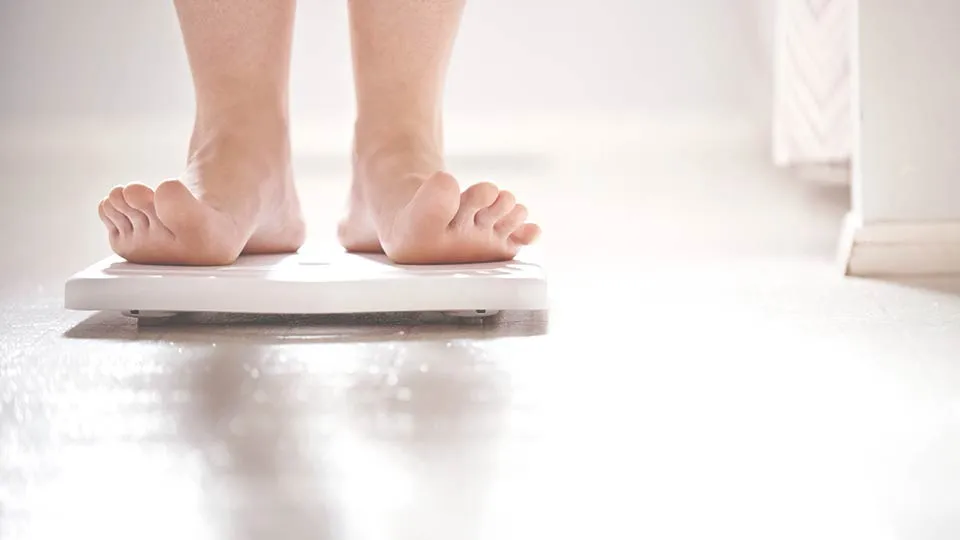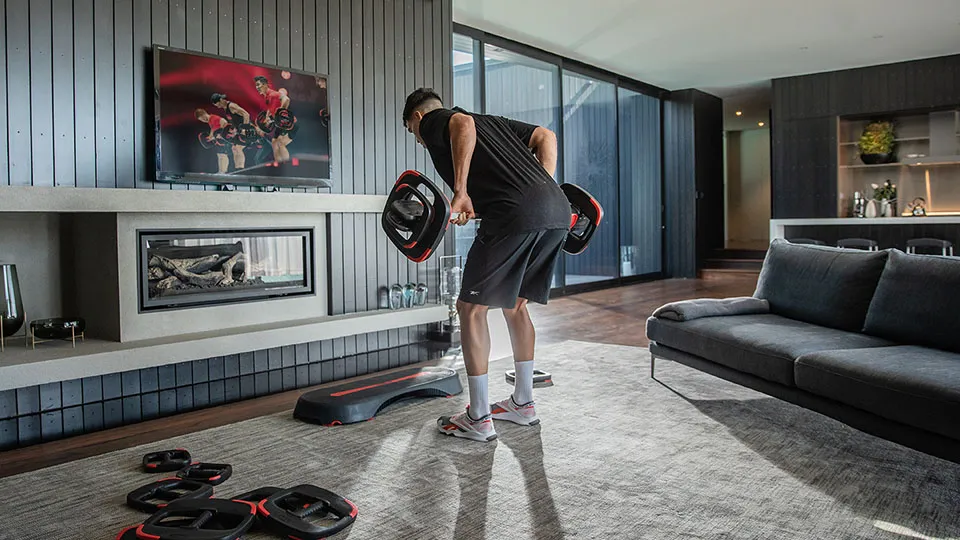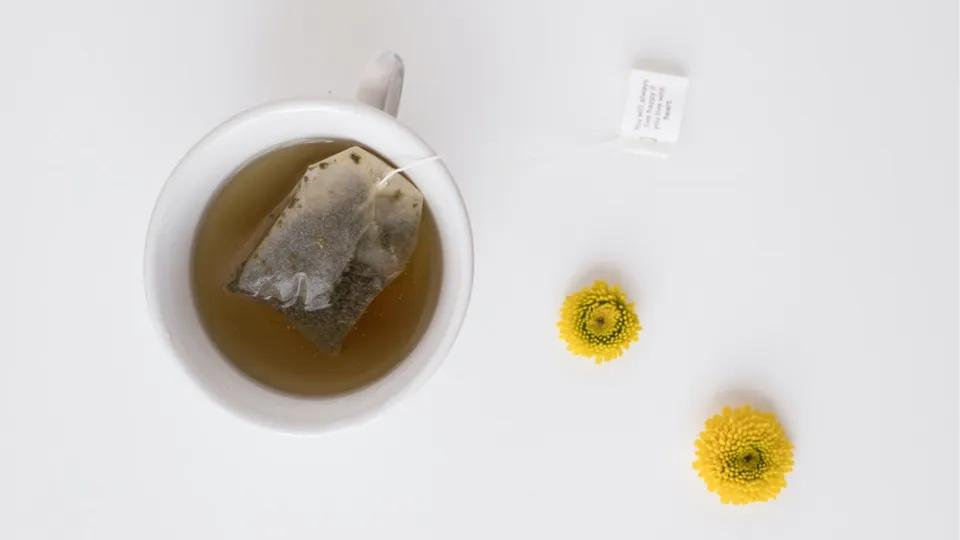HOW TO GET THE JUMP ON POWER AND STRENGTH

Discover why getting air beneath your feet is something that is hard to be beat.
As anyone who’s ever jumped rope will attest, jumping is one of the fastest ways to raise your heart rate. And, if you choose the right type of jumps, you’ll find it’s also great for improving muscular power, speed and strength.
In athletic terms, jumping fits into the plyometric training category – a name that was first coined after Russian track and field athletes started executing jumps in their warm ups.
Bryce Hastings, Les Mills Head of Research, explains that plyometric training is basically just simple jumps… with a little bit of science thrown in. “Technically, plyometric exercises are characterized by Stretch Shortening Cycle (SSC) actions. They start with a rapid stretch of a muscle, which is the eccentric phase, and are immediately followed by a rapid shortening of the same muscle, which is the concentric phase.”
Hastings explains that these SSC actions boost your ability to generate muscle tension quickly and drive fast twitch muscle fiber recruitment. Consequently, you get swift gains in speed and strength, improved power output, and overall better athletic performance.
And we know that it works! Recent testing has highlighted how switching conventional bodyweight squats for weighted squat jumps will increase muscle activation tenfold. Of course, squat jumps are just one option. The secret to successful plyometric exercise is variety.
Try a few sets of these plyometric favorites and you’ll soon be gasping for air.
Jumping Jacks
Jumping Jacks are perfect for getting familiar with the movement and learning to be light on your feet. Aim for three sets of 15 repetitions.
Squat Jump
Aim for three sets of 15 Squat Jumps.
Keen to take the intensity up a notch? Add Broad Jumps and 180 Squat Jumps into your training.
Broad Jump
Aim for three sets of 15 Broad Jumps.
180 Squat Jump
Aim for three sets of 15 repetitions.
Looking for a serious challenge? Add the 180 Jump and Tuck into the mix.
180 Jump and Tuck
Aim for three sets of 15 repetitions.
“The best thing about jumping is that you can tailor the intensity by varying how high and how fast you jump, and you can do it anytime, anywhere – without any equipment!”
But jumping isn’t for everyone …
Repetitive jumping can lead to increased stress on your joints, so anyone with impact related joint issues should steer clear of plyometrics.
Plyometric exercises should only be done if you’re well-conditioned with good overall strength and flexibility. If you’re relatively untrained, the muscles surrounding your joints may not be able to provide the necessary support.
Hastings also recommends that you stick to jumping just a couple of times a week. As plyometric exercises challenge your muscles more than conventional exercises, too much too often doesn’t give your muscles adequate recovery and can put you at risk of repetitive stress issues.
You can get your weekly dose of plyometric training by adding LES MILLS GRIT to your fitness regime. Find out why two LES MILLS GRIT workouts a week is ideal.
FIND A WORKOUT WORK OUT ON DEMAND
If you want more health and fitness inspiration simply sign up to Fit Planet and get the freshest insights and advice straight to your inbox.


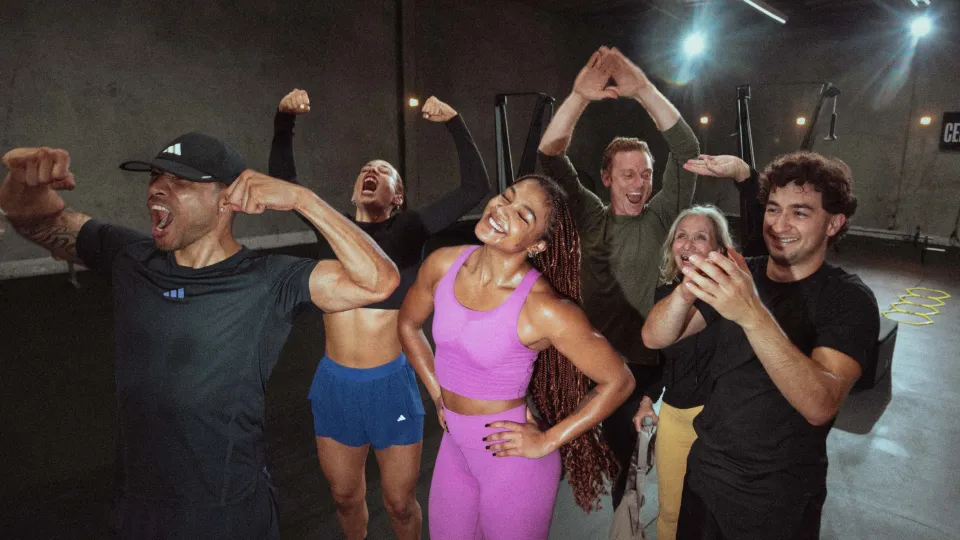


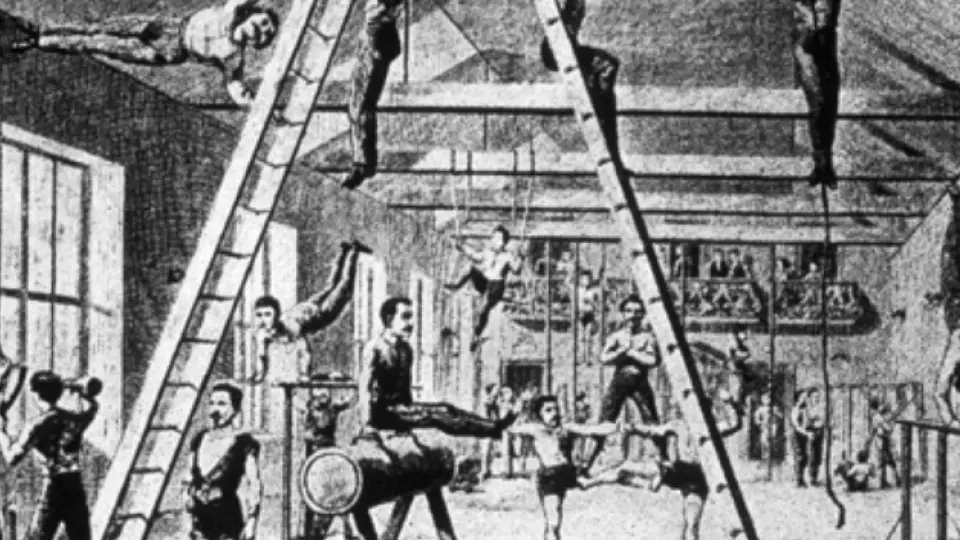







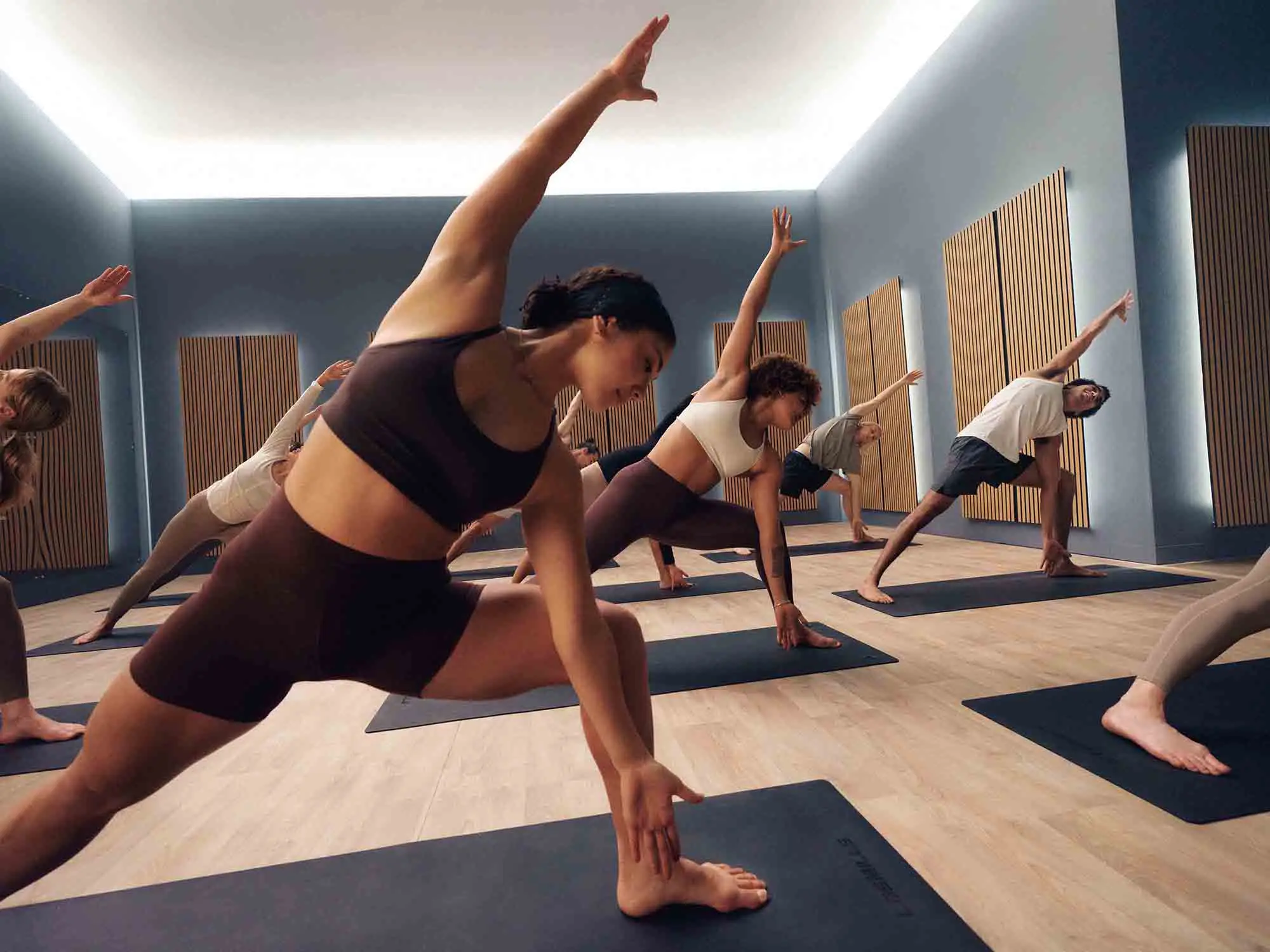
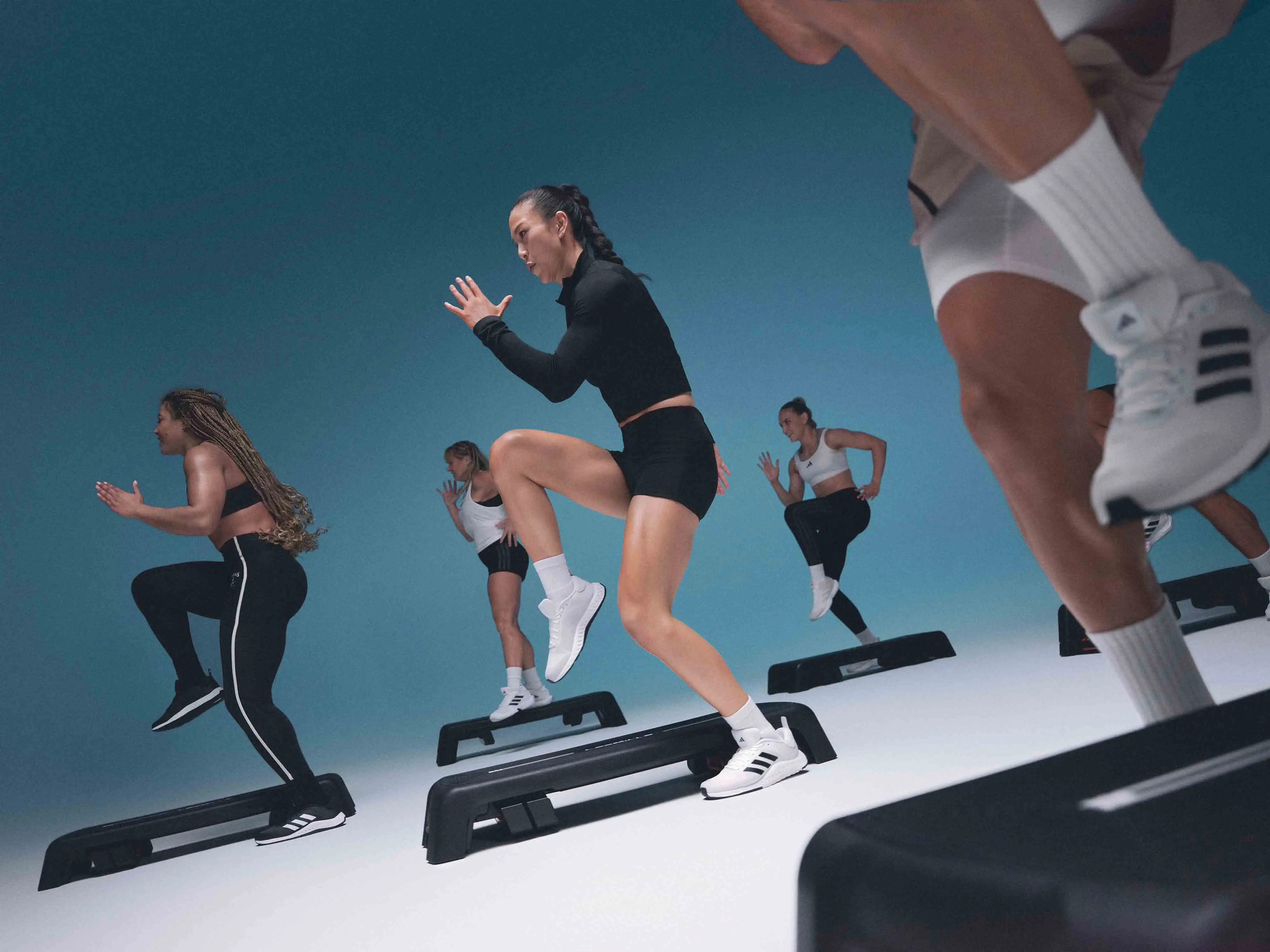







.gif)



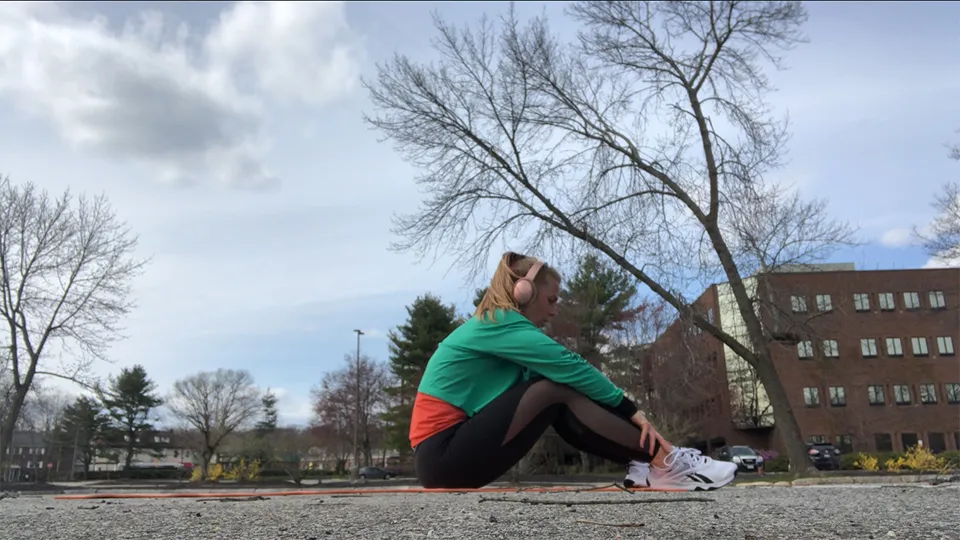





.webp)





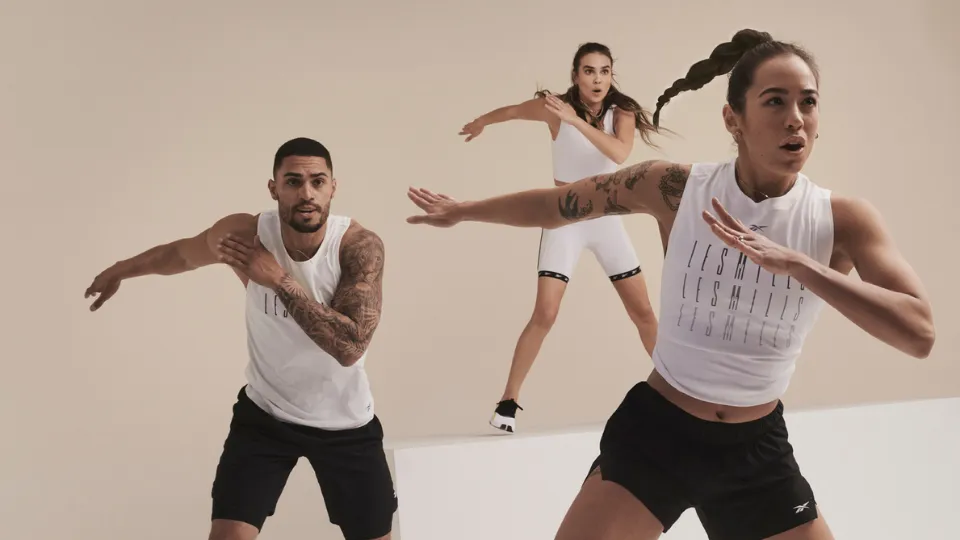



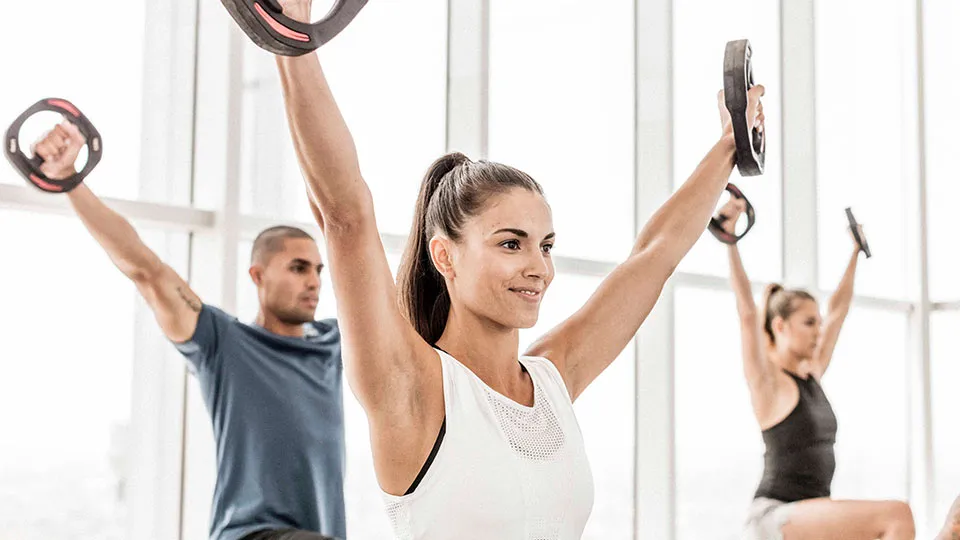







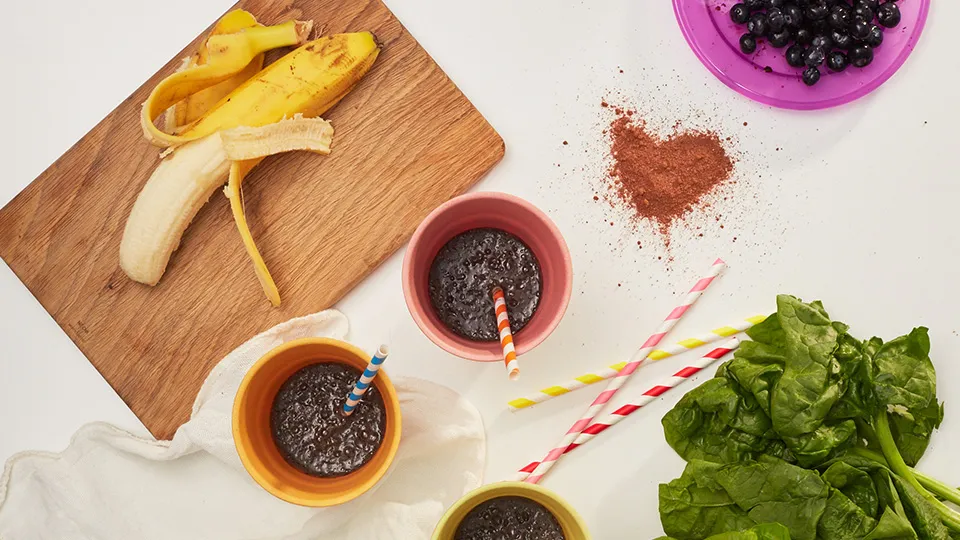

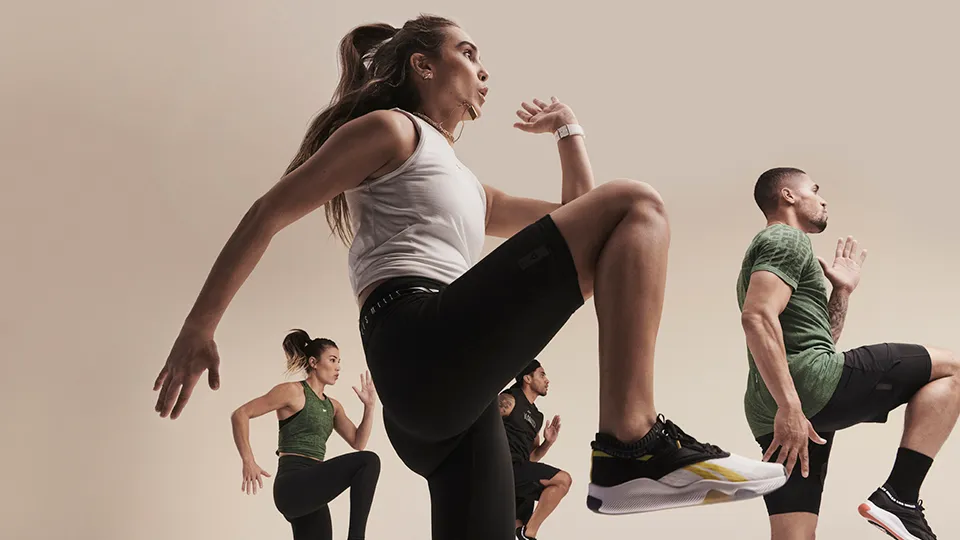










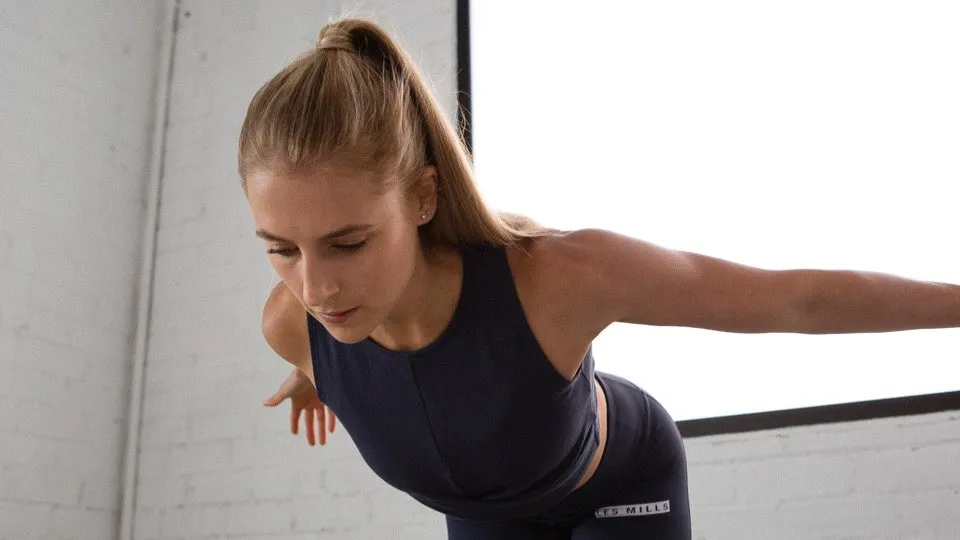

















.webp)





